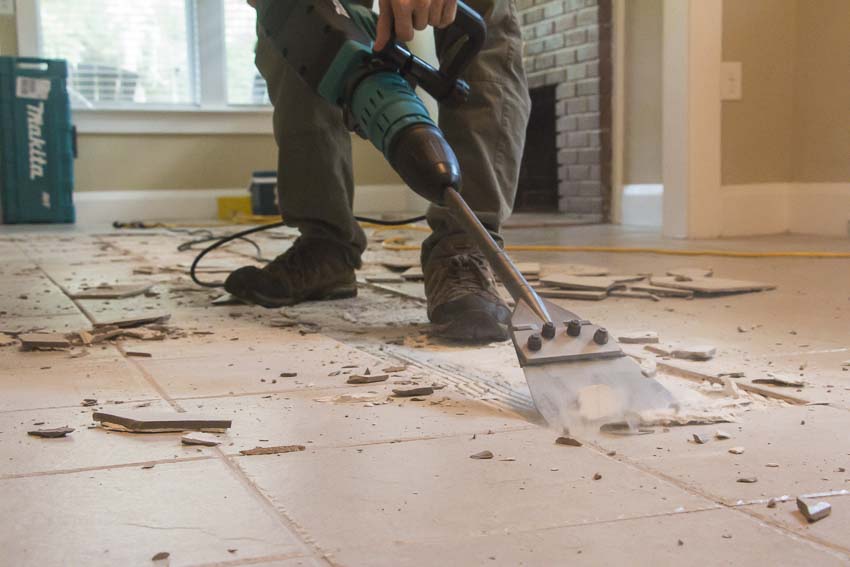Ps Vita 1000 Vs 2000: Analyzing Features And Enhancements In Sony’s Portable Consoles
If you’re in the market for a portable gaming console, then Sony’s PS Vita line might be on your radar. But with two different models available – the original PS Vita 1000 and the newer PS Vita 2000 – deciding which one to buy can be tough. That’s why we’re here to help you analyze the features and enhancements of each model so that you can make an informed decision.
First released in 2012, the PS Vita 1000 was Sony’s first attempt at a portable console since their PSP line. With a sleek OLED screen, dual analog sticks, and touch controls, it was an impressive piece of hardware for its time. However, some users found its battery life to be lacking and wished for more built-in storage space. In response to these criticisms, Sony released an updated version of the PS Vita in 2013: the PS Vita 2000 (also known as the Slim model). This newer version boasted longer battery life, lighter weight, and increased internal storage capacity. But did these improvements come at a cost? Let’s compare both models side by side and find out!
PS Vita 1000 Features and Enhancements
You’re about to discover all the cool features and enhancements that make the first version of Sony’s handheld gaming console a must-have for any gamer on-the-go. First off, let’s talk about design differences. The PS Vita 1000 has a sleek, slim form factor with an OLED screen that provides vivid colors and great viewing angles. It also has built-in speakers, microphone, front and rear cameras, touchpad controls at the back of the device, and physical buttons for navigation and gameplay.
In terms of user interface changes, the PS Vita 1000 offers a customizable home screen where you can arrange your favorite apps and games in bubbles. You can also access various settings such as Wi-Fi connectivity, Bluetooth pairing, parental controls, and system updates through an intuitive menu system. Additionally, you can use Near technology to connect with other PS Vita users nearby or remotely via PlayStation Network (PSN) for multiplayer gaming or sharing content. All in all, the PS Vita 1000 packs a lot of features into its compact size that will keep you entertained for hours on end. But what about its successor? Let’s find out in the next section!
PS Vita 2000 Features and Enhancements
Slim design and lighter weight are two of the most noticeable improvements in PS Vita 2000 compared to its predecessor. This makes it easier for gamers to carry around and play for extended periods without experiencing hand fatigue. Additionally, the LCD screen and improved battery life offer clearer graphics and longer playing time, while the inclusion of a micro-USB charging port is also a welcome upgrade from the proprietary charger used in PS Vita 1000.
Slim Design and Lighter Weight
You’ll love how the slim and lightweight design of the PS Vita 2000 makes it easier to hold for extended gaming sessions, without causing any strain on your hands. It’s a significant improvement from the bulkier and heavier PS Vita 1000 model. The design improvements didn’t just make it more comfortable to hold; it also made it more ergonomic for gamers who like to play for hours on end. You’ll feel less fatigue in your hands, thanks to its refined contours and smooth edges.
The new design also allowed Sony to put in some extra features that were not present in the previous model. They managed to fit a micro-USB port into the PS Vita 2000, which is used for charging and data transfer. It’s a welcome change from the proprietary charging port found on the PS Vita 1000. Additionally, they removed some ports like the HDMI-out port, which was rarely used by most gamers anyway. Overall, these changes resulted in a sleeker console that’s easier to carry around while keeping everything you need within reach – such as an improved LCD screen and longer battery life – which we’ll cover next!
LCD Screen and Improved Battery Life
Now, let’s dive into some of the exciting upgrades that have been made to the display and battery life of this new and improved handheld gaming device. The PS Vita 2000 boasts an LCD screen rather than the OLED screen found in the PS Vita 1000. While some may argue that OLED screens offer better color saturation and contrast, the LCD screen on the PS Vita 2000 is no slouch either. In comparison to its predecessor, it has a brighter and more vibrant display that makes playing games or watching videos a more enjoyable experience. Moreover, this newer model doesn’t suffer from image retention issues like its predecessor did.
Another benefit of upgrading to a PS Vita 2000 is its improved battery life. With up to six hours of gameplay on a single charge (depending on usage), you won’t have to worry about running out of juice while you’re in the middle of an intense gaming session. Additionally, Sony has made it easier than ever to check your remaining battery life by including an indicator light on the system itself. This small feature may seem insignificant at first glance, but it can be incredibly helpful for those who want to plan their game time accordingly without having to constantly check their settings menu for battery info. Overall, these improvements – both big and small – make upgrading from a PS Vita 1000 to a PS Vita 2000 worth considering for avid gamers who value quality displays and reliable battery life.
Moving forward into micro-usb charging port and other upgrades…
Micro-USB Charging Port and Other Upgrades
If you’re someone who enjoys the convenience of a micro-USB charging port, then you’ll be pleased to know that the new and improved handheld gaming device has got you covered. The PS Vita 2000 comes with a micro-USB charging port, which is a significant upgrade from the proprietary charger used in the PS Vita 1000. This means that you can charge your device using any micro-USB cable, making it easier to find compatible chargers when you’re on-the-go.
In comparison with other portable consoles, this feature is a game-changer as it eliminates the need for carrying an extra charger or worrying about compatibility issues. Apart from its convenience factor, the durability of this charging port is also impressive. It can withstand frequent usage without losing its functionality or becoming loose over time. Overall, this small but crucial upgrade in the PS Vita 2000 makes it an excellent choice for gamers who prioritize ease-of-use and practicality.
Conclusion
So, which PS Vita should you choose? The answer will depend on your personal preferences and priorities. If you value a more premium design and don’t mind spending a bit more money, the PS Vita 1000 may be the way to go. With its OLED screen, built-in memory card slot, and sturdier build quality, it’s certainly a solid choice.
On the other hand, if you’re looking for a more affordable option that still offers great features and is lighter and slimmer in design, the PS Vita 2000 could be the better choice for you. Its LCD screen is still excellent quality and it comes with an internal battery that can last longer than the 1000 model. Plus, with access to newer games through the PlayStation Store and remote play options for your PlayStation 4 system, it’s definitely not lacking in functionality.
Overall, both models have their pros and cons but ultimately offer fantastic gaming experiences on-the-go. Whether you decide to go with the classic or updated version of Sony’s portable console, there’s no denying that they both provide hours of entertainment at your fingertips.







